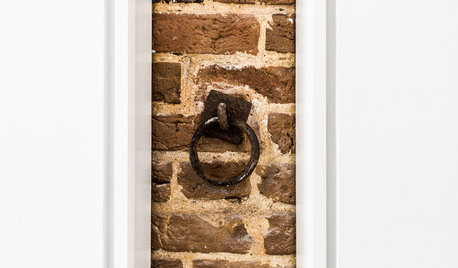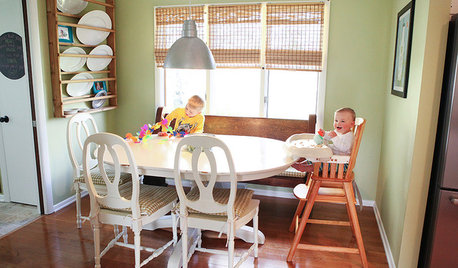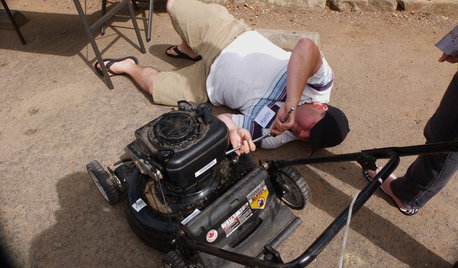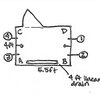another way to remove scale?
ilmbg
15 years ago
Related Stories

HOUSEKEEPINGThe Simple Way to Remove Wax From Candlesticks
Before you make a mess of things, read these easy steps for removing melted wax from your candlesticks
Full Story
REMODELING GUIDESWood Slats in Design: Repetition, Scale and Light
Wood Screens Create Privacy, Delicacy, and Sometimes a Golden Glow
Full Story
DECORATING GUIDESLarge-Scale Pieces Give Small Rooms Massive Style
Work bigger elements into a diminutive space and watch its design cred grow by leaps and bounds
Full Story
COASTAL STYLEFishy Business: Tilt the Scales With Aquatic Decor
A marine element can add a splash of whimsy to your home
Full Story
LIFEYou Said It: ‘Rather Than Remove Them, They Framed Them’
Design advice, inspiration and observations that struck a chord this week
Full Story
HOUSEKEEPINGDon't Touch Another Stain Before You Read This
Even an innocent swipe with water may cause permanent damage. Here's what to know about how rugs and fabrics react
Full Story
BATHROOM DESIGNTake Your Bathroom Walls Into Another Realm
Being practical spaces, bathrooms sometimes can be bland. Here are imaginative wall treatments that add personality
Full Story
MOVINGSaying Goodbye to One Home and Hello to Another
Honor your past and embrace your future with these ideas for easing the transition during a move
Full Story
EVENTSDon't Throw Away Another Household Item Before Reading This
Repair Cafe events around the world enlist savvy volunteers to fix broken lamps, bicycles, electronics, small appliances, clothing and more
Full Story
SMALL SPACESTime to Give That Nook Another Look?
Make that alcove more inviting with fresh art, new pillows or a good tidying up
Full Story







brickeyee
ilmbgOriginal Author
Related Professionals
Arlington Handyman · North Druid Hills Kitchen & Bathroom Remodelers · Hopewell Kitchen & Bathroom Remodelers · Artondale Kitchen & Bathroom Remodelers · Cloverly Kitchen & Bathroom Remodelers · 20781 Kitchen & Bathroom Remodelers · Apex Kitchen & Bathroom Remodelers · Centerville Kitchen & Bathroom Remodelers · Idaho Falls Kitchen & Bathroom Remodelers · Overland Park Kitchen & Bathroom Remodelers · Phoenix Kitchen & Bathroom Remodelers · Pinellas Park Kitchen & Bathroom Remodelers · Saint Helens Kitchen & Bathroom Remodelers · South Plainfield Kitchen & Bathroom Remodelers · Tempe Kitchen & Bathroom Remodelersbrickeyee
ilmbgOriginal Author
lazypup
ilmbgOriginal Author
jdplumb
fixizin
homebound
jakethewonderdog
ilmbgOriginal Author
alphonse
maryland_irisman
ilmbgOriginal Author
maryland_irisman
ilmbgOriginal Author
kishore5589_gmail_com